Memorial Services are an integral part of Jodo Shinshu Buddhism and has been practiced since the death of the founder Shinran Shonin. Recently, however, questions surrounding the traditional observances such as why and when are being asked more frequently.
This publication will help try some of the answers surrounding the question “when” should these services be observed.
Makurya-kyo
This is a service that was originally held prior to the imminent passing of an individual. This service was intended to give the dying individual one more opportunity to listen to the Dharma (Buddha’s Teaching) prior to their passing. Later, because it became more and more difficult to judge when the last moment would occur and because of some of the regulations surrounding critical care at hospitals this custom is now typically observed after the passing of a loved one.
Otsuya (lit. “through the night”)
The Otsuya observance finds its most equivalent western observance in the wake service. It is during the Otsuya service that family and friends gather together to share the Dharma and share with each other their recollections of the deceased. In the traditional Jodo Shinshu funeral service remembrances or eulogies are not given because these types of testimonials have already been given at the Otsuya service. It is often during this time that funeral planning occurs.
Funeral Service
The funeral service is a rite of passage. From the Jodo Shinshu perspective it marks the recognition that because of the Power of Amida Buddha’s Vow that we are born into the Pure Land of the Buddha and become a Buddha ourselves. The funeral service, then, becomes yet another gift we receive from our loved one who is now sharing the Dharma with us as a Buddha: a person who has transcended the world of birth-and-death and who has returned to help us to hear the Dharma that will allow us to transcend birth-and-death, the world of suffering, ourselves.
Memorial Services
49 day observances
Traditionally a memorial service was held after each of 7 days for 7 weeks (making 49 days in total). The date of death is counted as the 1st day.
Nen-ki (“yearly” observances)
Special memorial services are held during particularly auspicious years following the birth in the Pure Land of an individual. This tradition was established upon the entering of Buddhism into China. The years chosen to observe these special observances are based on the Chinese Zodiac system which also lays the foundation for the often observed “kanreki (60 year)” birth day celebration.
- Isshuki (1st “cycle”; the first year observance)
This service is scheduled one year after the passing of an individual.
- Sankaiki (3rd “cyclic” observance; third year memorial service)
The services following the 1st year observance are counted a little differently. It is called “cyclic” because it “anticipates” the observance and in English could be described as entering “into” the 3rd year. Because of this the 3rd year memorial service is observed 2 years from the date of passing.
In the West, this style of counting is used in counting the number of centuries that have passed since the sharing of the Western Calendar.
- 7, 13, 25, 33, 50, 100, 150
The other yearly observances are held on years that end with a 3, a 5, or a 7. These numbers have particular significance and because of this the 7th, 5th and 3rd birthdays (or “shichi-go-san”) are especially observed. In the list given above, not all the years ending in 3, 5 or 7 are given to add space between the observances, but holding a 5th year or a 17th year observance will still be significant observances. After the 50th year observance memorial services are held every 50 years.
Others
- Tsuki meinichi
These are services that are held monthly on the day a person passed away. Shinran Shonin, for example, passed away on January 16, 1263. Because of this his Tsuki meinichi is observed every month on the 16th.
Shotsuki meinichi
These services are held on the month and day a person passed away. Using Shinran Shonin as an example again, his shotsuki meinichi is observed every year on January 16. This service, because it is held in the observance of the death of the founder of Jodo Shinshu, is also called “Ho-onko” or gathering to repay our indebtedness.
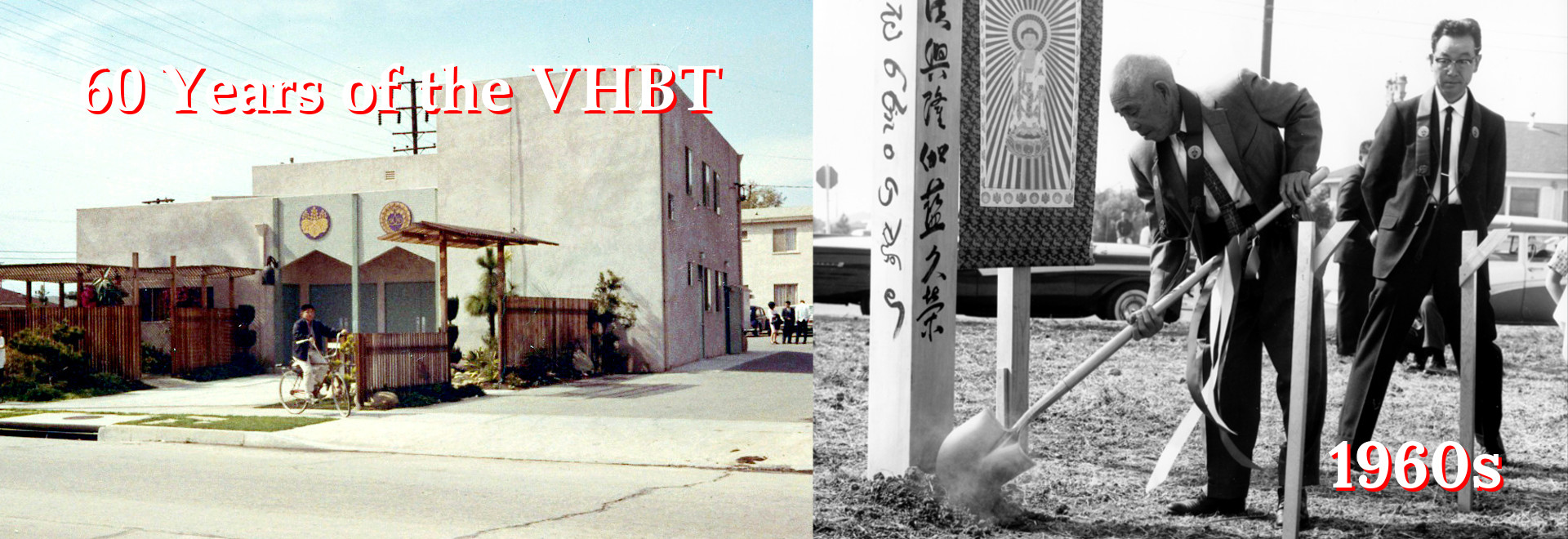
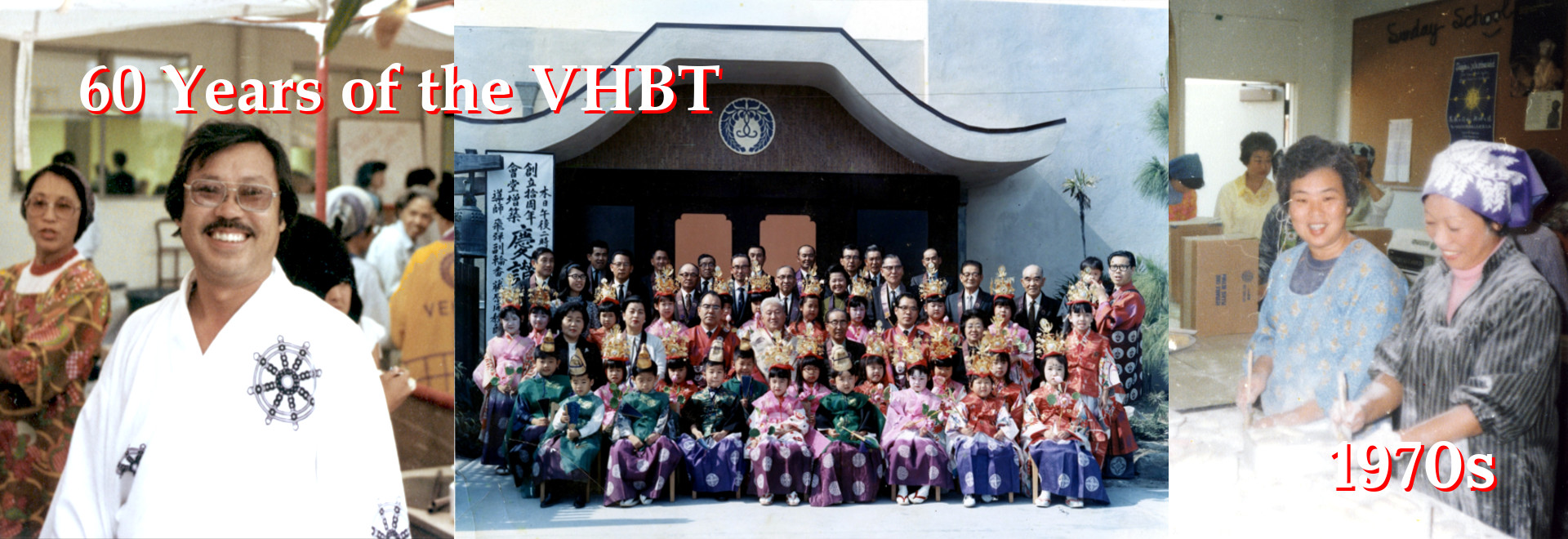
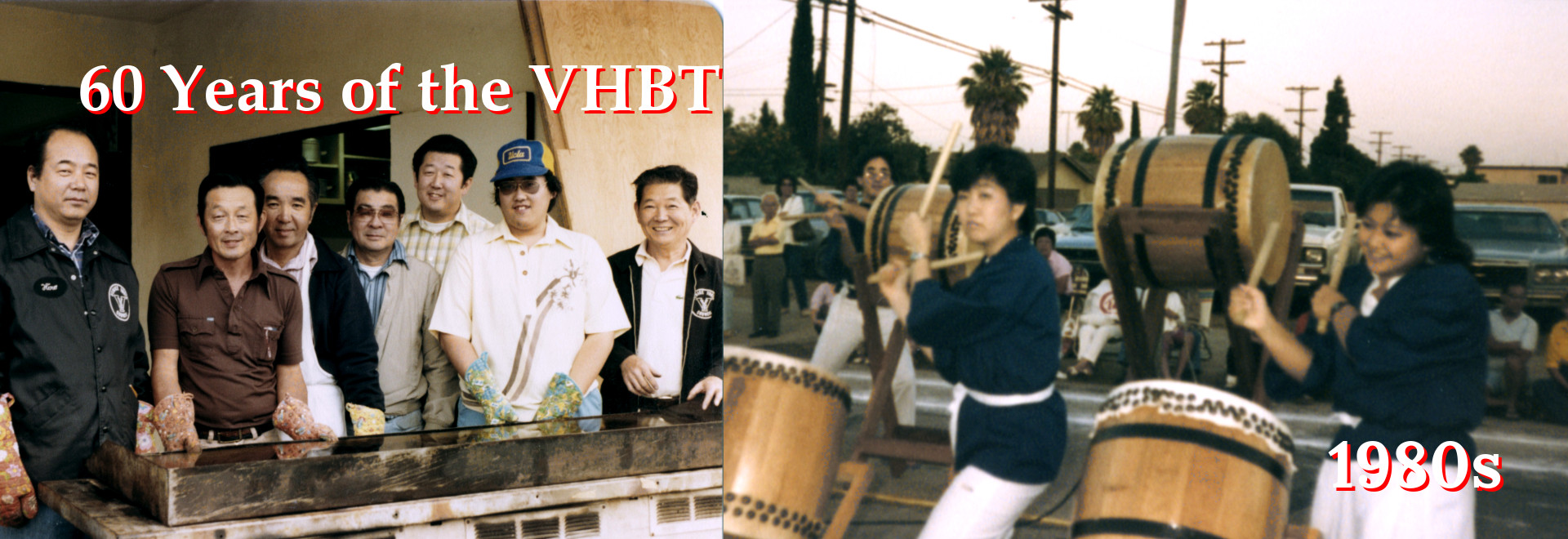
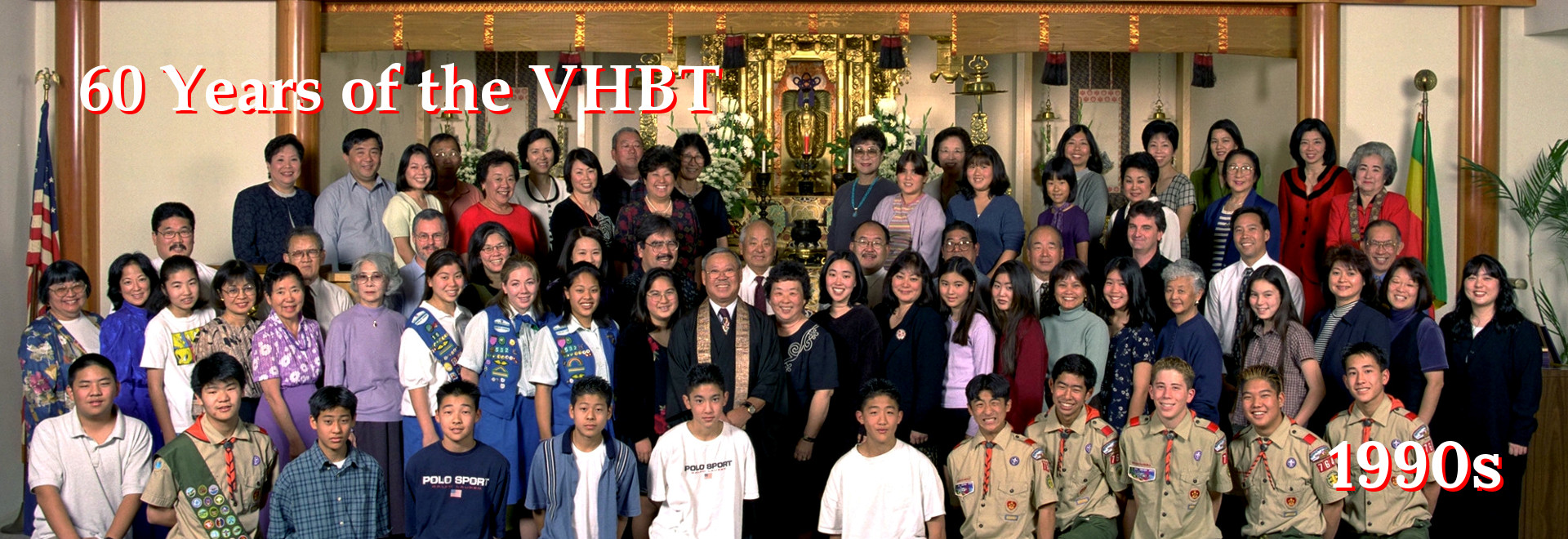
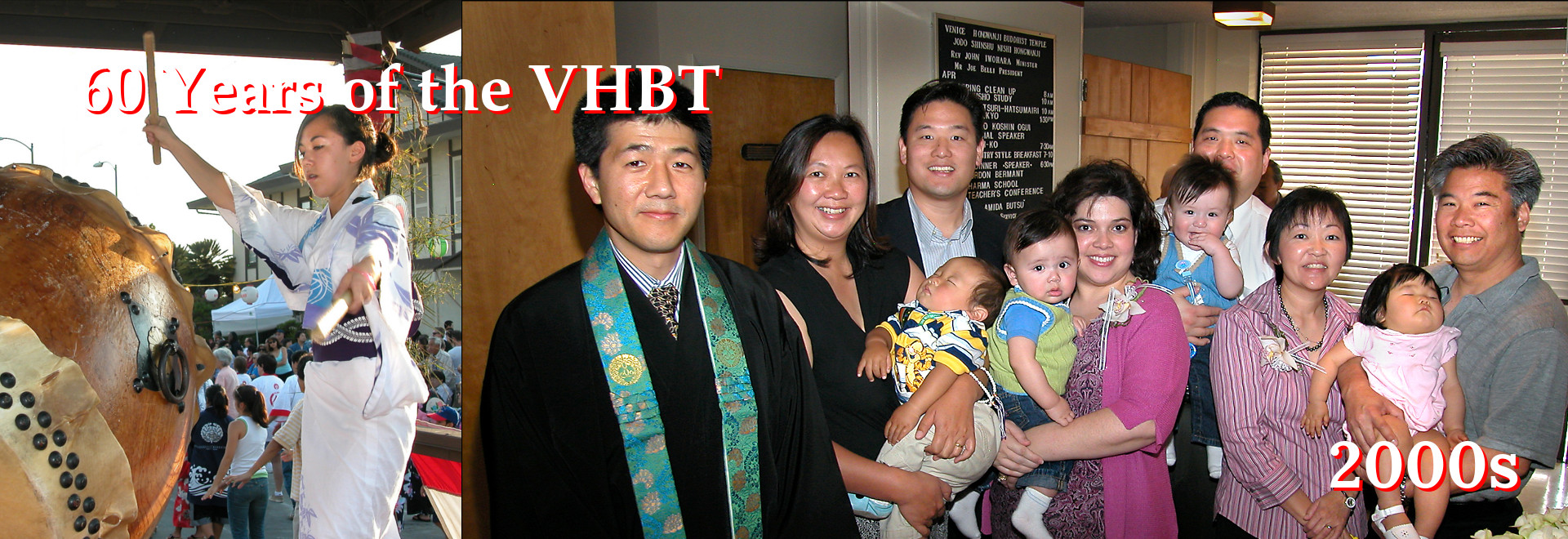
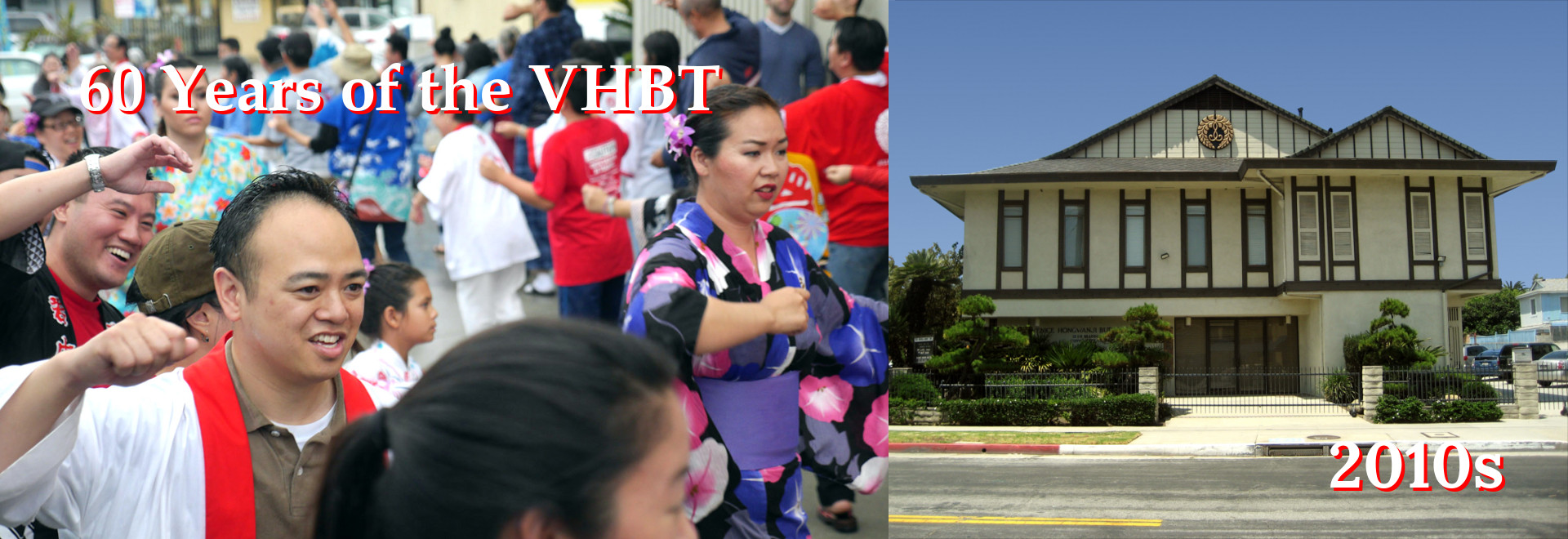
Info to prevent a social faux pas. It is customary to give a donation to the temple and to the minister in appreciation for their services and for the opportunity to listen to the Dharma. Ask someone at the temple about their guidelines.
Can the service be in a different Hongwanji church? For example, is the deceased is buried in Hawaii, can I have the service here?
Yes, you should be able to have the memorial service here. Please send an email to the temple at temple@vhbt.org and someone can help you make the arrangements.